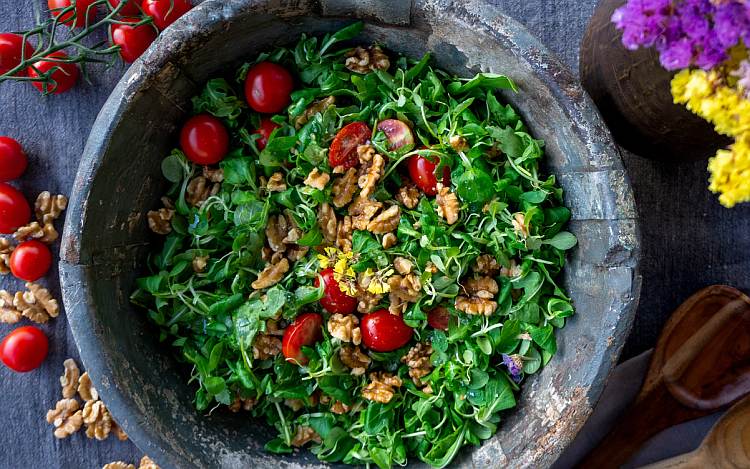Northern countries are usually associated with simple cuisine – raw dishes consisting mainly of fish, laced with fatty side dishes. In the 21st century, however, this is a wrong-headed opinion that leaves much unsaid.
Modern Norway, Sweden and other Scandinavian countries are increasingly opening up to outside influences.
This can be seen both in social life, culture and culinary. Diverse flavors combine traditions from many corners of the world. Such a mishmash is very positively surprising, attracting thousands of tourists to cold countries. In view of the limited vegetation of plants, popular spices and flavors are imported mainly from warmer regions of Europe and Asia.

Fusion is the key word for the growing popularity of Viking cuisine. Traditional dishes blend perfectly with exotic ingredients, creating a value in itself – flavors you won’t find anywhere else. Of course, the mainstay of the diet of Swedes, Danes or Norwegians is fish. Salmon, cod, or trout from Scandinavia are exported to the farthest corners of Europe and even to other continents. Also noteworthy are the fruits of the cold seas, among them, for example, the exclusive lobster.
Among livestock meat, pork unquestionably ranks first. However, it should not be forgotten that the descendants of the Vikings are fond of game. Hunting is an integral part of Scandinavian culture – a great pleasure and even a duty of both the elite and ordinary residents. For example, deer is perfectly matched with forest lingonberries, which are often collected by newcomers from the European Union member states, including Poland.

Numerous home feasts are excellent opportunities to boast about hunted game or the discovery of a new spice that blends well with typically local dishes. The younger generation of Scandinavians, in particular, love to experiment in the kitchen and bring back from their numerous foreign sojourns various additions that their grandparents may not have heard of at all. Some even try to modify the intense aroma of pickled Swedish herring, which has made many a newcomer’s head spin in a not necessarily positive way.
If you do not have the time or opportunity for a longer trip to our northern neighbors, it is worth going at least to Bornholm – the Danish island closest to Poland. A ferry trip on the Baltic Sea is a pleasure in itself, and on the Scandinavian outpost you will easily find a traditional pub where you can feel the Nordic climate and enjoy a sandwich with marinated pork.

